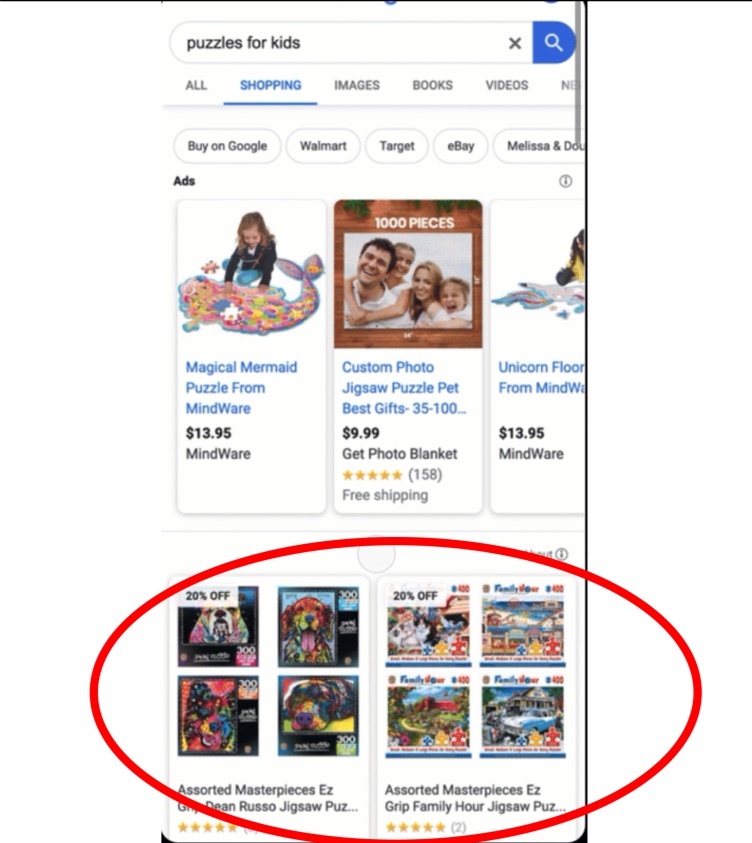Google Shopping now free. SEO for Google Shopping must be added to your brand priorities.
By Nick Papagiannis, Vice President Search Director
Google announced that it will offer free listings in its Google Shopping results starting next week. These listings are often served when someone searches for a product or category, and brands were traditionally required to pay to have a presence in the results.
Several years ago, Google Shopping results were purely organic and free to brands, but Google made it a paid product in 2012. Some brands might recall having an organic presence in Google Shopping results at that time when the platform was called Froogle.
It’s not a coincidence that this announcement comes during the COVID-19 crisis when retailers have turned to ecommerce as their main sales channel. Additionally, with the focus on ecommerce, many brands are working to improve their Amazon presence. This is also Google’s response to compete with Amazon and its status as the top-used search engine for products..
Here are some immediate steps for brands to take advantage of the recent changes and how to improve Google Shopping listings:
Add a presence to Google Shopping feeds
While some paid ads will continue to appear at the very top of the page, organic listings will appear below them and comprise most of the search results.

It’s critical that brands work towards establishing a presence on Google product searches. This can be done through the Google Shopping interface, called Google Merchant Center. Brands can set up an account and upload a product feed through Google Merchant Center, and if you don’t have feeds ready to go or only have a few products, it might be worth exploring uploading a few products at first to get familiar with the process and platform.
SEO for product listings
When I first worked with Google Shopping (back when it was Froogle), it was purely a search engine optimization or organic program. Be sure to work with your SEO expert to ensure that product listings are set up effectively to appear for as many relevant searches as possible. Similar to optimizing your Amazon SEO presence, this includes having optimal product titles, descriptions and complete listing pages by incorporating images, reviews and other attributes.
Consider partnerships with approved and integrated tools
Google partners with Shopify, WooCommerce and BigCommerce and PayPal to help manage data and transactions. If brands already have or are using these tools, consider how to best integrate them for a seamless setup process.
With this being a fresh announcement, look for more details in the coming days. In the meantime, brands should take note of this change and consider building a plan to take advantage of the free product search placements.
